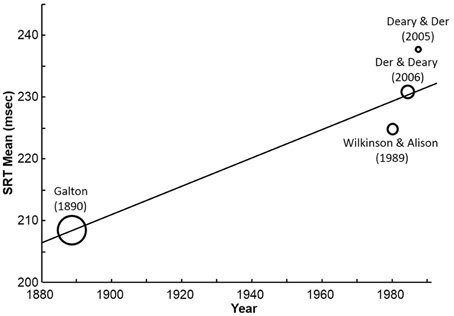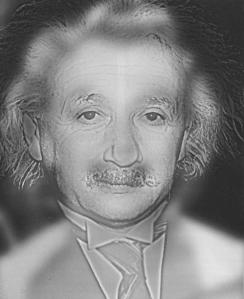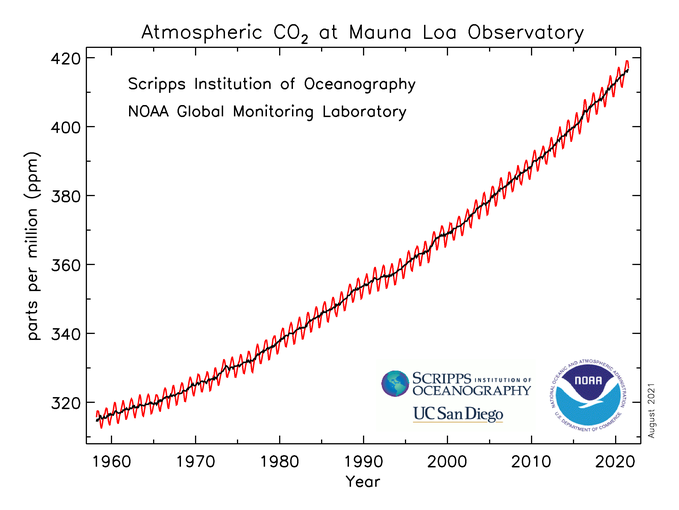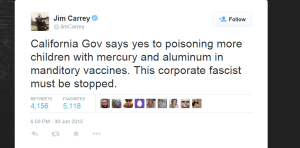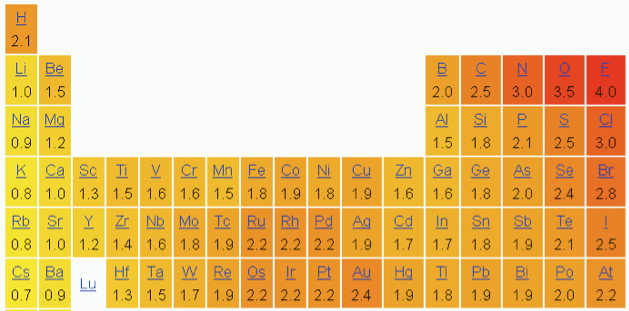Psychologists have been measuring reaction times since before psychology existed, and they are still a staple of cognitive psychology experiments today. Typically psychologists look for a difference in the time it takes participants to respond to stimuli under different conditions as evidence of differences in how cognitive processing occurs in those conditions. Galton, the famous […]
Read More